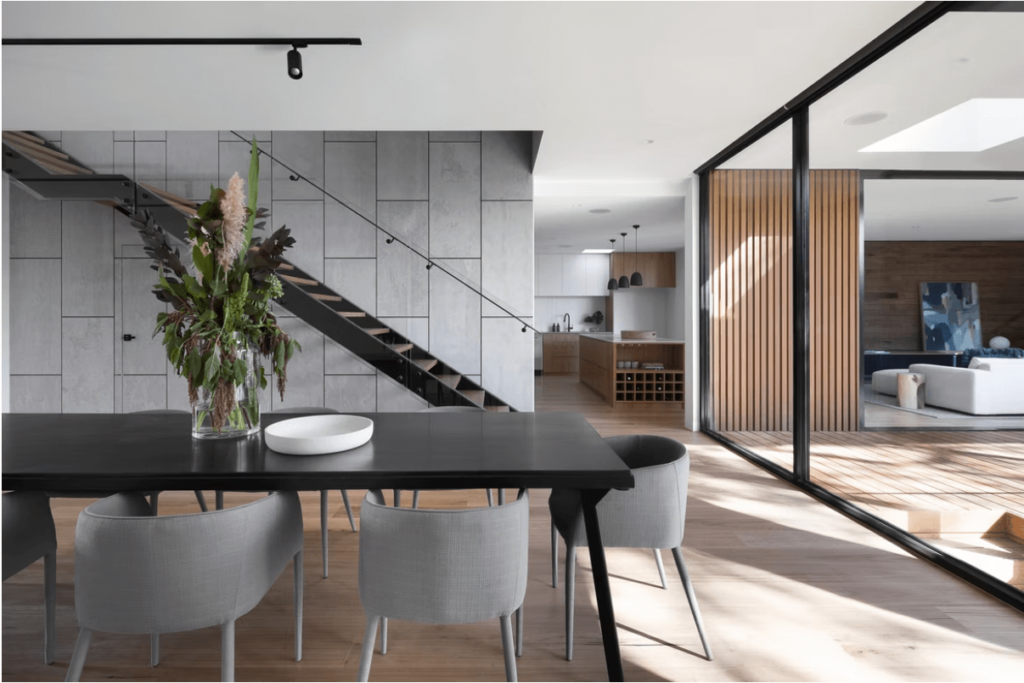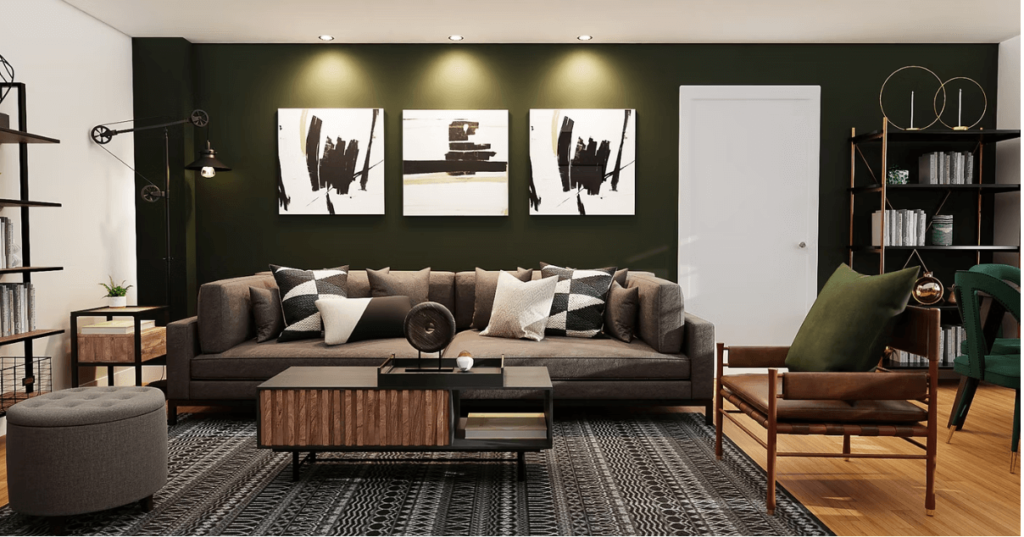Combining colors in elegant indoor design is an art form. It can be a challenge to get the colors just right, but when you do, the effect can be breathtaking. We will explore some of the basics of color theory and how to apply it in your home decorating scheme. We will also look at some specific examples of color combinations that work well together. So whether you are just starting on your decorating journey or you are looking for new ideas, read on for inspiration!
The Greyscale
The first thing to understand when considering color combinations is the grey scale. This is a range of colors from white to black, with various shades of grey in between. When looking at a color palette, it is helpful to consider where each color falls on the grey scale. Additionally, it’s great to know colors that go with grey so that you can create a more balanced design. For example, if you want to create a calm and serene environment, you might choose colors that are mainly on the lighter end of the grey scale. On the other hand, if you want to create an energizing space, you would choose colors that are closer to black. Some people find it helpful to think about the feeling they want to create in space before choosing colors. Others prefer to choose colors first and then figure out the feeling they want to create later. There is no right or wrong way to do this, so go with whatever feels best for you!
Warm vs. Cool Colors
Another important aspect of color theory is understanding warm and cool colors. Warm colors are those that tend to be closer to red, orange, and yellow on the color wheel. These colors can create a feeling of warmth and energy in a space. Cool colors are those that tend to be closer to blue, green, and purple on the color wheel. These colors tend to create a feeling of calmness and serenity.
- When choosing colors for your home, you will want to consider whether you want to create a warm or cool atmosphere. You might also want to consider the time of day when you will be using the space. For example, if you are choosing colors for a bedroom, you might want to go with cooler colors since this is a space where you will likely want to relax at night. However, if you are choosing colors for a living room, you might want to go with warmer colors since this is a space where you will likely entertain guests during the day.
- Once you have an understanding of warm and cool colors, you can start to experiment with different color combinations. A good rule of thumb is to choose one dominant color, one accent color, and one neutral color. The dominant color should be the one that you want to be the most prominent in the space. The accent color should be used to add a pop of contrast, and the neutral color should be used to balance everything out.
- For example, let’s say you want to decorate your living room with a warm and inviting atmosphere. You might choose a deep red as your dominant color, an orangey yellow as your accent color, and a light grey as your neutral color. This combination would create a space that is both warm and inviting but also has enough contrast to be interesting.
- If you are looking for a more calm and serene atmosphere, you might choose blue as your dominant color, green as your accent color, and white as your neutral color. This combination would create a space that is relaxing and peaceful but still has some visual interest.
Pastels Dos and Don’ts
Pastel colors are a great way to add a soft and delicate touch to your home. However, it is important to use them sparingly so that they don’t overwhelm the space. A good rule of thumb is to choose one or two pastel colors and then use them as accents against a backdrop of neutral colors.
- For example, let’s say you want to add a touch of color to your bedroom without making it too busy. You might choose pale pink as your dominant color, white as your accent color, and light grey as your neutral color. This combination would create a gentle and calming atmosphere while still providing some visual interest.
- You could also try using a pastel blue as your dominant color with white as your accent color. This would create a more serene atmosphere.
If you want to experiment with pastels but are worried about making your space too busy, you can always start with one pastel color and then add additional colors as needed. You can also try using pastels in smaller doses by adding them in as accents through pillows, blankets, or other accessories.
Jewel Tones
Jewel tones are a beautiful way to make a statement in your home. These colors are rich and saturated, and they can transform a space. When using jewel tones, it is important to use them sparingly so that they don’t overwhelm the room. A good rule of thumb is to choose one or two jewel tones and then use them as accents against a backdrop of neutral colors.
- For example, let’s say you want to add a touch of luxury to your living room. You might choose a deep emerald green as your dominant color, gold as your accent color, and white as your neutral color. This combination would create a space that is both elegant and inviting.
- You could also try using a rich ruby red as your dominant color with silver as your accent color. This would create a space that is luxurious and dramatic.
There are a few things to keep in mind when choosing colors for your home. First, think about the atmosphere you want to create, and then choose colors that will help you achieve that. Second, consider using a combination of warm and cool colors or jewel tones and pastels to create an interesting and inviting space. Finally, don’t be afraid to experiment with different color combinations until you find the perfect one for your home. With these tips in mind, you’ll be sure to create a beautiful and inviting space that is perfect for you and your family.


